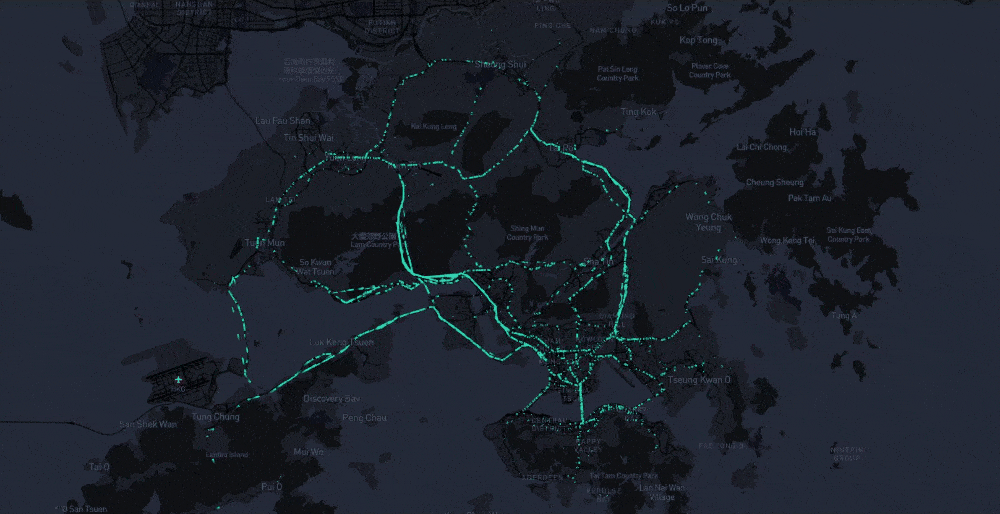Multi-Modal and Multi-Class Traffic Simulation in Large-scale Networks
Dynamic network models have been playing an essential role in transportation planning and management. They describe the merging, diverging, evolving of traffic flows and formation, cumulation and dissipation of congestions at multiple resolutions. Spatial-temporal relationship of network conditions can be explored. The dynamic network models are widely recognized as the evaluation and assessment tools for traffic regulations and policies, which can only be validated under virtual environments. Different policies and regulation proposals can be assessed and compared using dynamic network models.
Dynamic network model is usually a system of systems. One dynamic network model is usually a combination of various models, such as node model, link model and estimation models. These small components have been studied throughly, new models are proposed to better describe the actual traffic conditions and various modifications and adaption on the original models are made to better fit with special needs and data resources. Link model and node model are the most important components for dynamic network models. flow evolution on links is first described by Point Queue (PQ) model, then Spatial Queue (SQ) model, now Cell Transmission Models (CTM). Recently, Link Transmission Model (LTM) and Link Queue (LQ) model are also used to characterize vehicle flows on links. Node model characterize the merging and diverging behavior of traffic flows on road junctions. Merging and diverging behaviors are modeled separately, but they can appear simultaneously on general networks, especially on grid network. Hence general junction models are proposed and used in most of the practical dynamic network models. In addition to the link/node models, specially tailored models such as routing, estimation or prediction models are combined to make the dynamic network models functional.
